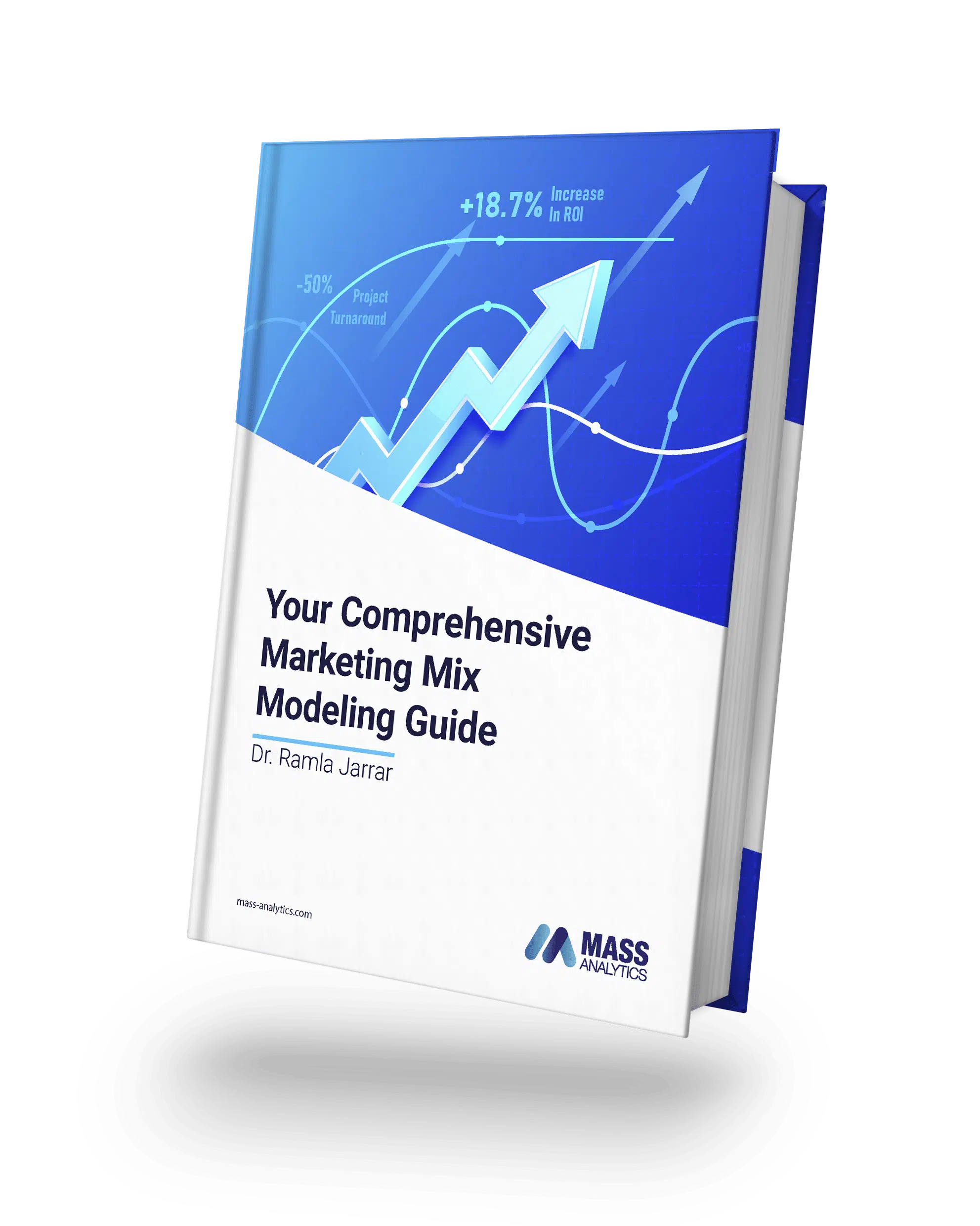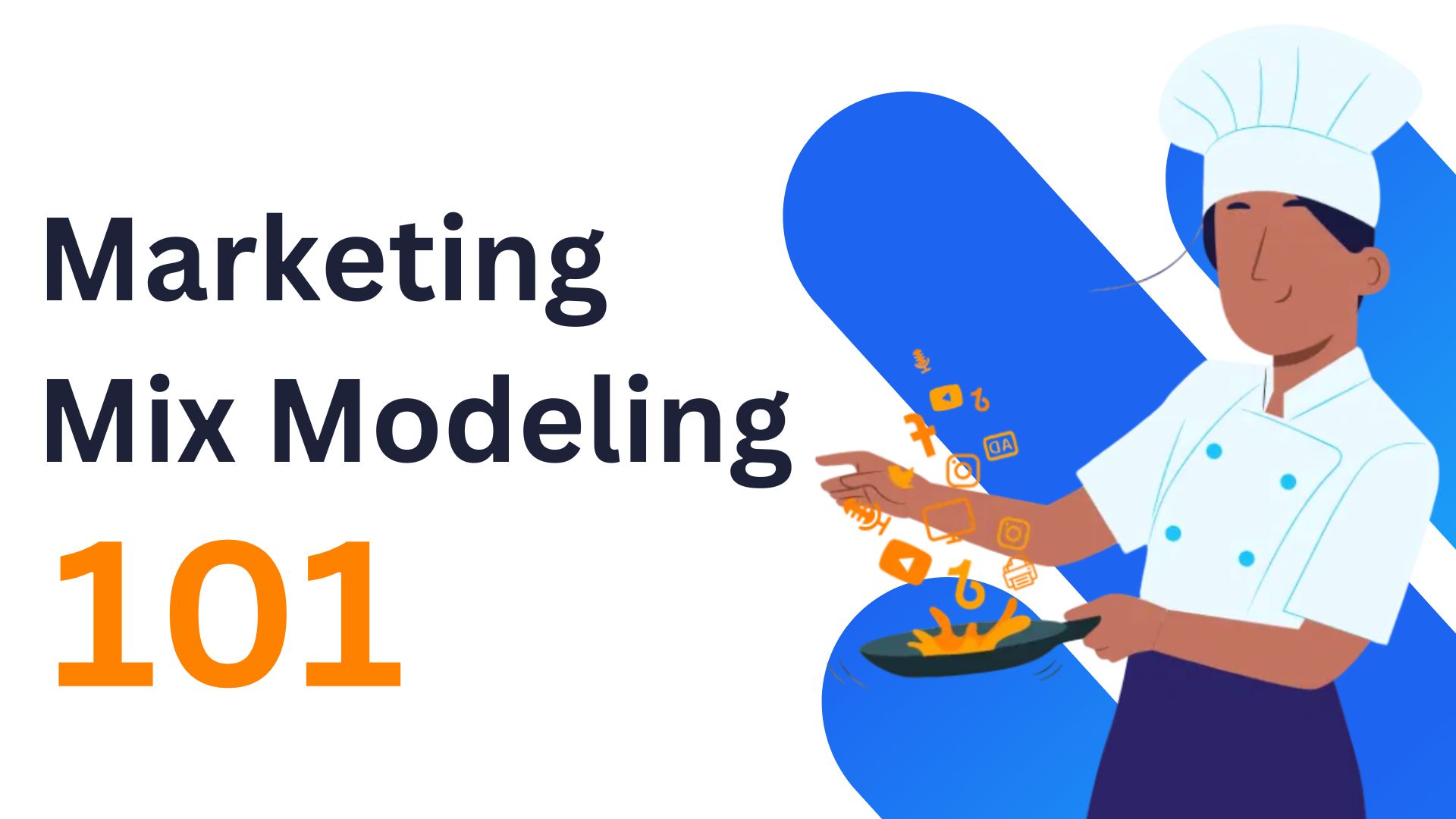How to get Faster Insights from Your Marketing Mix Modeling Project
COVID-19 pandemic has shaken the world and changed consumers’ behavior forever.
According to Alex Owen, Global Head of Data & Analytics at Unilever, “COVID-19 has accelerated what could be a 10 years’ worth of change”. This unexpected change has also affected massively the marketing industry. A wide range of advertisers had to adapt their marketing plans.
These advertisers were facing big challenges related to budget cut off and reallocation. What made matters more complex is the drastic change in media consumption. Some channels have seen a soaring increase in performance while others have experienced a steep decline.
The Marketer’s Dilemma
Marketers are in a situation where they either invest more than needed in one channel or leave a lot of money on the table. Given the uncertainty around and the prediction difficulty, an urgent need to assess the different marketing investment strategies has emerged.
Marketing Mix Modeling is one of the solutions that could address these challenges. It consists of not only examining the marketing related factors, but also includes other external elements to the model equation. These elements include the macro economy, competition, seasonality, and regulations. However, Marketing Mix Modeling projects tend to rely on multiple data inputs and complex processes. Hence, a typical project can last up to 16 weeks to be achieved. Such long turnarounds inhibit marketers to quickly react to the fast-moving circumstances. In this article we explore how Marketing Mix Modeling project timeline can be shortened and the requirements to accelerate the process.
It is important to first define the scope of the Marketing Mix Modeling project and the type of deliverables expected from the modeling team. This phase also involves the definition of data sources and data owners. Based on the above defined scope, marketing analysts should be able to create reliable models, or update existing ones at any period. Models should include more granular data, such as daily, campaign-level, and geo-region. In times, the modeler will need to dive deeper into the efficiency of a specific product or evaluate the performance of a particular element of a channel/campaign (e.g. day part, creative, spot length, lay down…). Thus, both a robust technology and a set of the best practices are needed to shorten the project timeline. Marketing Mix Modeling methodology consists of 5 major phases where efficiency could be built to shorten the process without compromising output quality.
Data Preparation and Cleaning
Description:
In this phase the marketing analyst receives the data necessary for the projects. They would then clean it and prepares it in a way that makes it easily ingested by the modeling tool
Traditionally:
- Starts once all the data required is received
- Is resource intensive since most of it is manual
- Can take up to 60% of the total project period.
Best for Efficiency Building:
- Liaise with data owners to collect data in a standard format.
- Start as soon as the first data feed is received and analyzed
- Build comprehensive, automated and repeatable data pipes
- Automatically reuse for subsequent project refreshes
Data Modeling & Results
Description:
During the Modeling phase, numerous variables’ combination are tested based on the hypothesis built in earlier stages. Models are optimized and results like contribution, ROI, Sales Uplift are produced.
Traditionally:
- Manual Modeling mainly based on the modeler experience and model assessment statistics
- Sequential process from processing to modeling
- ROI, Contribution, Sales Uplift and Diminishing Returns are not summarized in one single view
Best for Efficiency Building:
- Automated modeling based on genetic algorithms allowing assessing different hypothesis and models at once.
- Continuous iterative process involving processing and modeling until the best fit is reached
- ROI, Contribution, Sales Uplift and Diminishing Returns are summarized in one single view allowing a holistic model assessment
- Possibility to tweak the model as a last step of the process.
Outcome: Save circa 60% to 70% of the time needed for this phase
Any advice you would like to share with the community to cope with the COVID-19 outbreak?
Before anything else, we need to remain optimistic as after every crisis there is always an opportunity for growth. The post COVID time will manifest an interesting number of political changes and among those change there will be a big emphasis on the importance of shedding light on our health care systems, infrastructure, and even schools and bringing more investments where they should be.
Results & Reporting
Description:
In this final phase, results are extracted and presented back in a format that meets the business requirements and the agreed scope.
Traditionally:
- Sequential process from modeling to reporting
- Manual reports that are generally Excel based
- Minor model tweaks (essential and frequent in the Marketing Mix
- Modeling process) delay the reporting process.
PowerPoint Presentation for the final debrief
Best for Efficiency Building:
- Automated and agile reports
- Resilience to model tweaks and final fine-tuning
- Integration with Data Vis tool (e.g. Tableau, Power BI) for interactive reporting
Outcome: Save circa 70% to 80% of the time needed for this phase especially when refreshing projects.
In a fast-moving environment marked by disruption, marketers need to be agile in their response and take rapid decisions to face the new challenges. It is therefore key for brands and agencies acting on their behalf to adapt their technologies and processes to deliver accurate results within shorter turnarounds.
Read More:
- The Automation of Marketing Mix Modelling
- Marketing Mix Modeling Expert’s Input on the Covid-19: Phil Weissman, Independent Marketing, Analytics, and Business Intelligence Consultant
- Marketing Mix Modeling Experts’ Input on the Covid-19: Christophe Brossard and Charles Xavier, Partners at Metrics720
- Media Consumption & Job Security and the Consequences of the Covid-19: Ken Gamage, Director, Data Strategy, at Cossette Media
- Marketing Mix Modeling Expert’s Input on the COVID-19: Krishnan Nurani, Senior Director & Lead, Business Science at MediaCom Singapore







